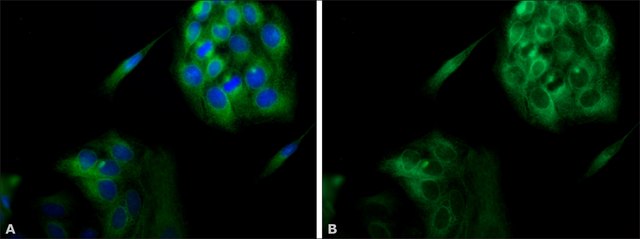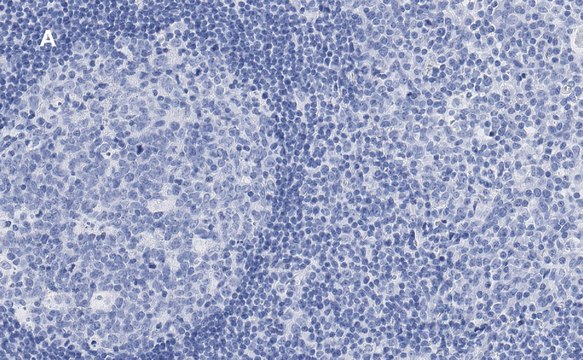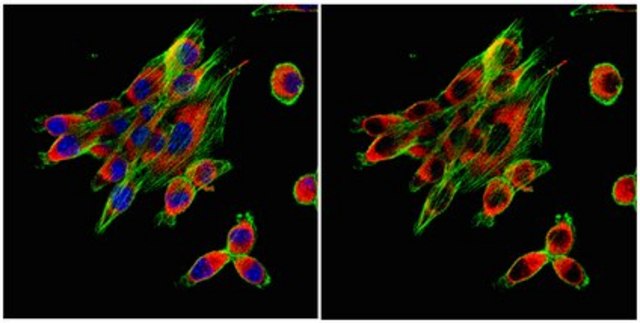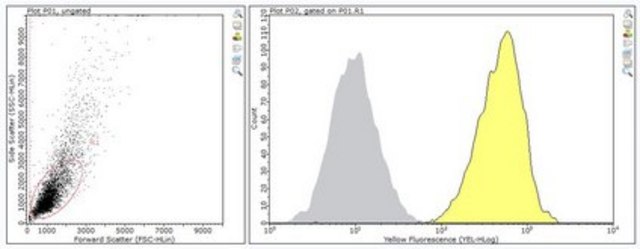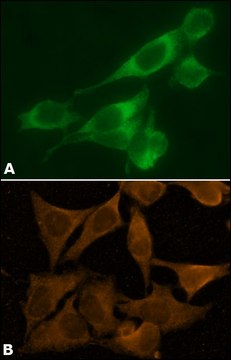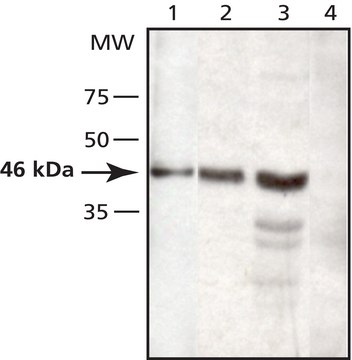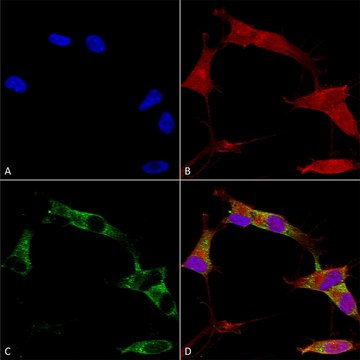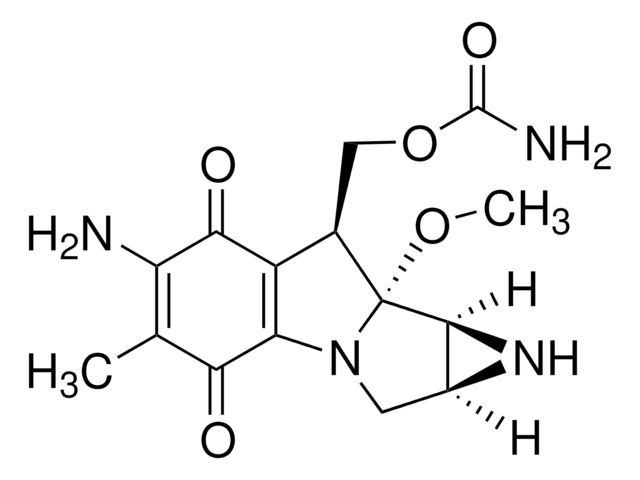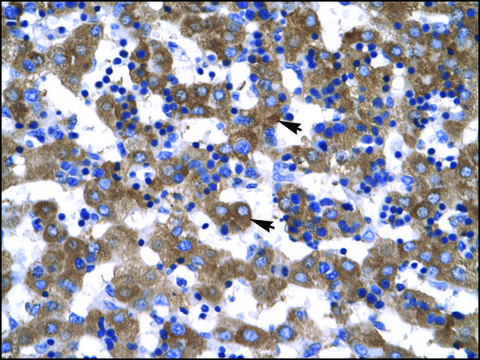MAB3126
Anti-Calnexin Antibody, ER marker, clone C8.B6
ascites fluid, clone C8.B6, Chemicon®
Synonym(s):
IP90 Protein, Integral Membrane Protein IP90, Phosphoprotein pp90
About This Item
Recommended Products
biological source
mouse
Quality Level
antibody form
ascites fluid
antibody product type
primary antibodies
clone
C8.B6, monoclonal
species reactivity
mouse, human
manufacturer/tradename
Chemicon®
technique(s)
immunocytochemistry: suitable
immunohistochemistry: suitable
immunoprecipitation (IP): suitable
western blot: suitable
isotype
IgG1
NCBI accession no.
UniProt accession no.
shipped in
dry ice
Gene Information
human ... CANX(821)
General description
Specificity
Immunogen
Application
Immunocytochemistry: 1:100--1:250
Immunoblotting: 1:200-1:2,000
Immunoprecipitation: 1:200-1:1,000
Optimal working dilutions must be determined by end user.
Other Notes
Legal Information
Not finding the right product?
Try our Product Selector Tool.
recommended
Storage Class Code
10-13 - German Storage Class 10 to 13
Certificates of Analysis (COA)
Search for Certificates of Analysis (COA) by entering the products Lot/Batch Number. Lot and Batch Numbers can be found on a product’s label following the words ‘Lot’ or ‘Batch’.
Already Own This Product?
Find documentation for the products that you have recently purchased in the Document Library.
Our team of scientists has experience in all areas of research including Life Science, Material Science, Chemical Synthesis, Chromatography, Analytical and many others.
Contact Technical Service